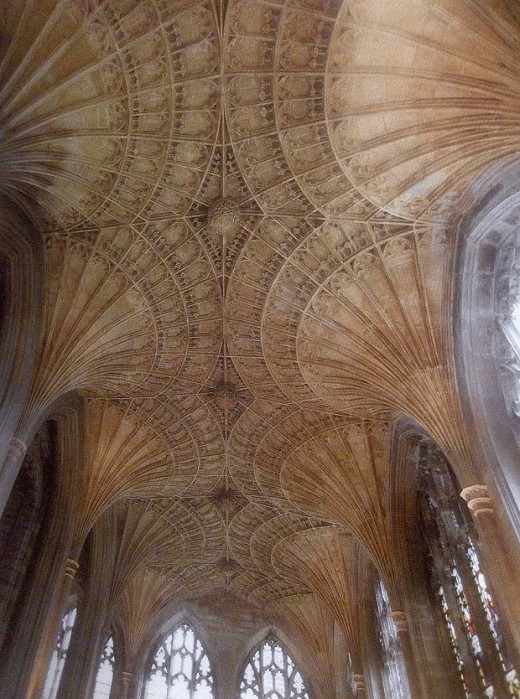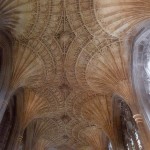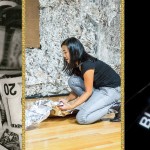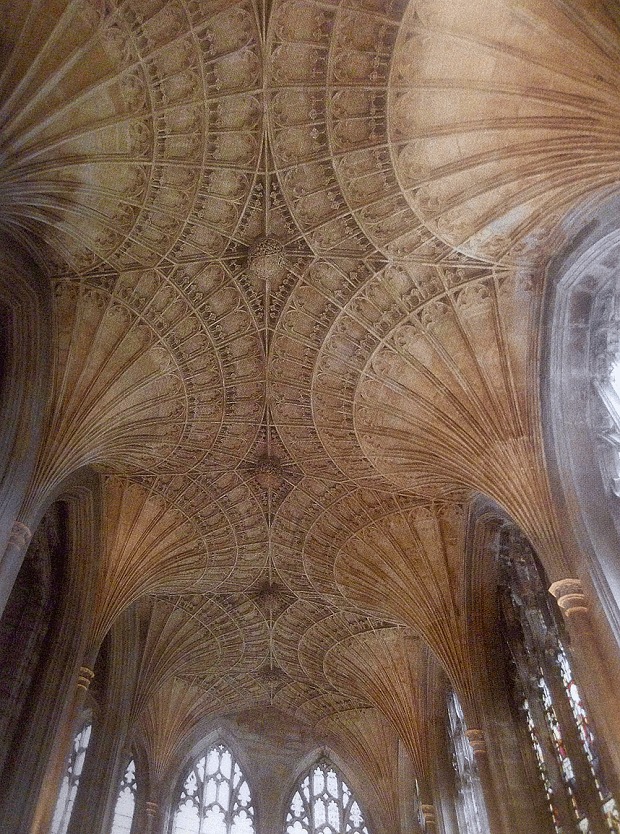Goats and Monkeys, Harps and Donkeys: The pleasure of Peterborough
Take your binoculars for some of the uncommon treats of an unintentional cathedral

Peterborough is a funny position for a cathedral, since it stands handiest half a mile away from the border with the diocese of Ely on the other aspect of the river Nene. but it is only a cathedral unintentionally, having been based somewhat a long time in the past, in the seventh century, because the abbey of Medehamstede.
In a new e book, English Cathedrals, Professor Andrew Sanders says the previous title approach meadow-home, though the Cambridge Dictionary of English position-Names suggests that the primary part, Medi-, is the name of a person. but that’s all one, as a result of, after the abbey complicated was once walled through Abbot Kenulf, nonetheless ahead of the Norman Conquest, it began to be referred to as the Burgh, then Peterborough, after the title of its consumer saint, just like St Petersburg much later in Russia.
As Professor Sanders rightly notes, Peterborough cathedral, on its low hill above the fens, remains, with York and Durham, “one of the most attractions that galvanize and divert alert rail travelers on the East Coast Line”. It was the railway that remodeled the town, which in 1801 had most effective four,000 people. by the point it was once included as a metropolis in 1874, it had 15,000. When Nikolaus Pevsner visited it for his architectural information in 1967, the quantity was once 80,000, and it has for the reason that doubled. despite its soulless sprawl, Peterborough used to be as a minimum spared the two-tier centre deliberate in 1964, with freeways above pedestrian streets. think about the noisy, shadowy, dripping, mugger-lurking horror of that.
it is a pleasure to succeed in the cathedral, a brief walk from the station. It’s lovely big: 481ft long and 81ft high inside. the internal provides an impression of area for the reason that view is unobstructed as the Norman piers march all the way down to the east end. There, the altar is canopied via an alabaster and mosaic ciborium or baldacchino. Professor Sanders and Pevsner’s continuator, Charles O’Brien, agree that this can be a most a success addition to the cathedral, brought best in 1894, to the design of J L Pearson.
The paradox is the tranquillity of the cathedral, given the centuries of hurt it has suffered. much injury used to be executed within the Civil war. the woman Chapel was completely demolished and Cromwell’s troops smashed the entire stained glass, the two organs, the altar-piece and the choir stalls, mutilated the tomb of Katherine of Aragon and took pot-pictures on the picture of Christ in Majesty on the ceiling above the apse.
There used to be simplest anything to damage as a result of in 1541, after his dissolution of the monasteries, Henry VIII transformed the abbey right into a cathedral. In Henrician type he divided the profits from its estates into three: a 3rd for the bishop, a 3rd for the chapter and a third for himself.
Left intact by means of the reformers and iconoclasts was the colored bushes ceiling above the nave. It wouldn’t have been simple to deface. Professor Sanders does not go into the ceiling, considering he has handiest two or three pages to play with in his excellent survey, however it’s a outstanding survival from the thirteenth century – fortunate to survive a fireplace in 2001.
Its painted lozenges depict the seven libel arts, kings and bishops, the abbey’s consumers St Peter and St Paul, and, interesting to brand new eyes, an ass playing a harp (pictured), an anthropophagus and a goat using an ass. the pictures can’t be made out from the bottom with the naked eye. Take binoculars and lie down is my advice.
There used to be so much rebuilding within the cathedral within the 19th century, though a long way-attaining adjustments were vigorously hostile via the newly based Society for the protection of historical constructions. but that’s another story.
Take your binoculars for one of the rare treats of an unintentional cathedral
Telegraph Columnists: daily opinion, editorials and columns from our star writers
(20)















